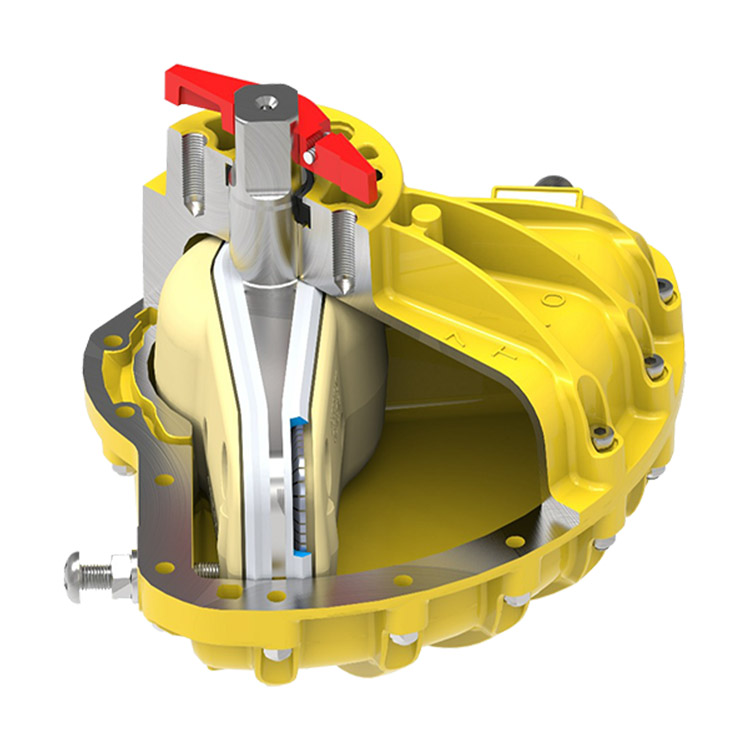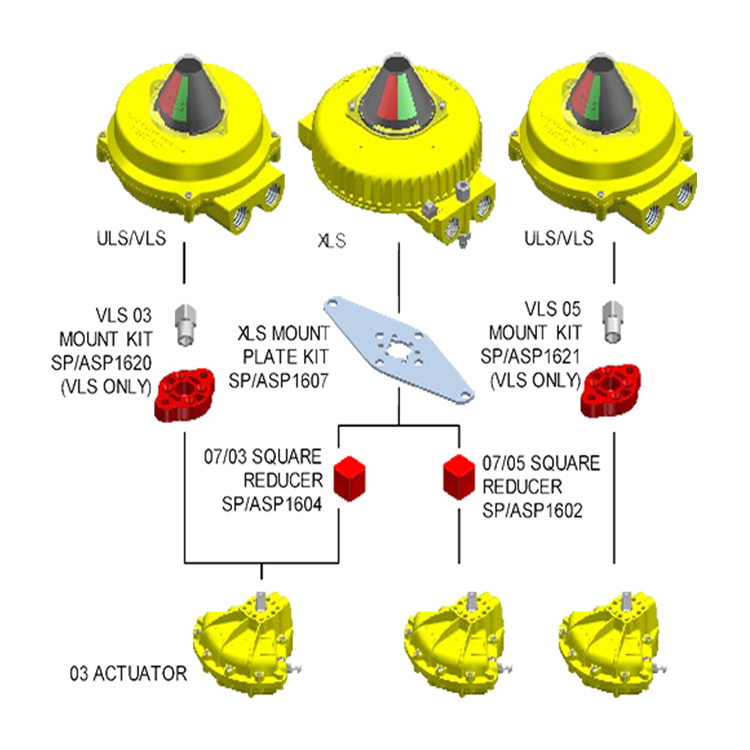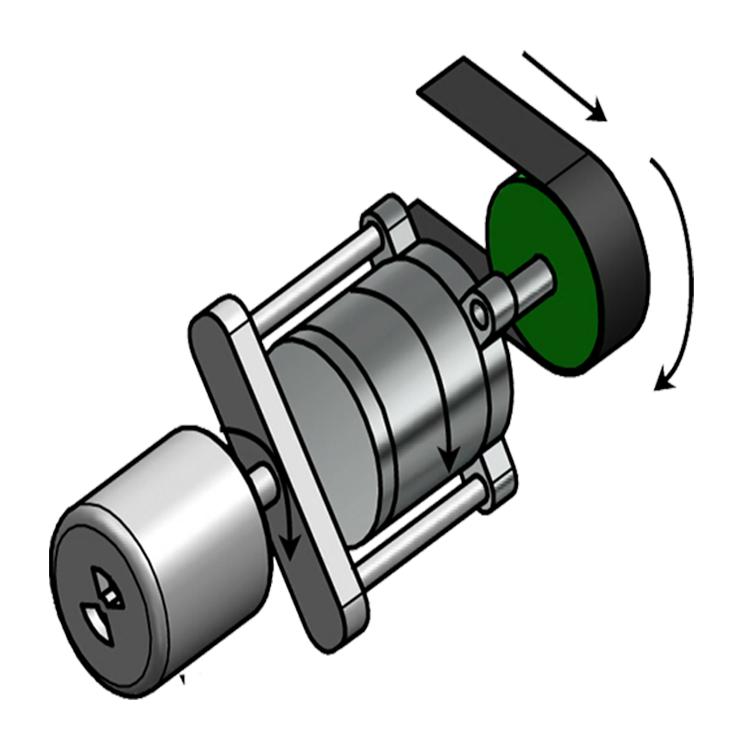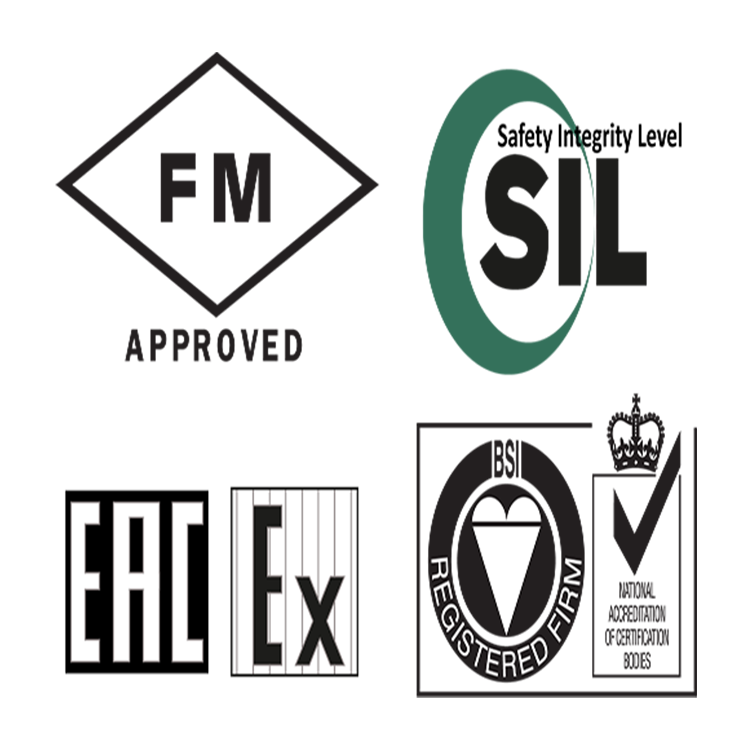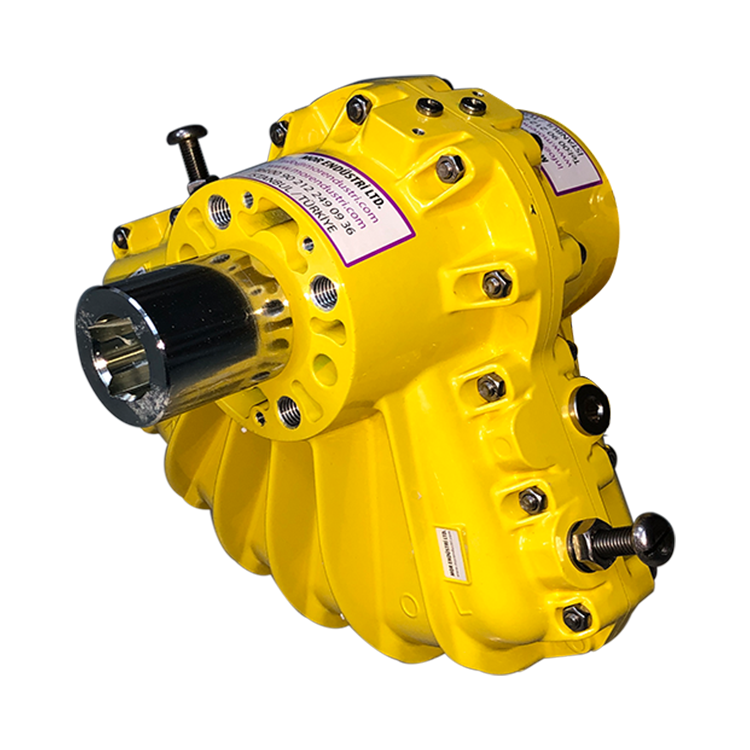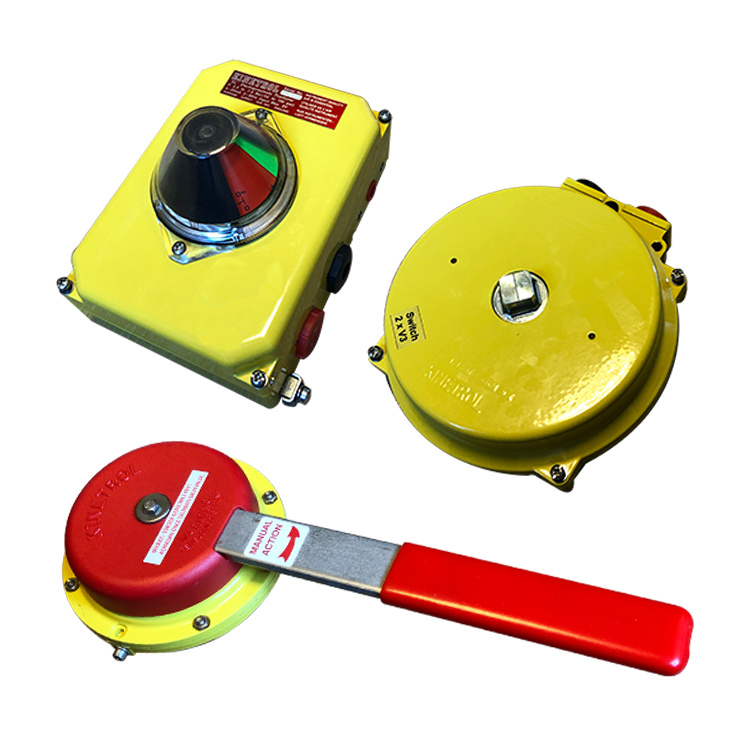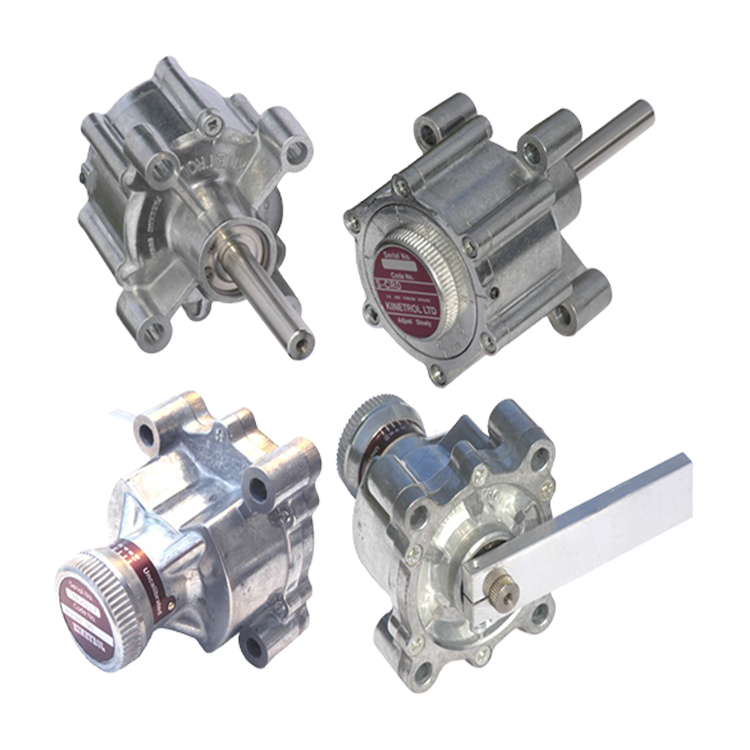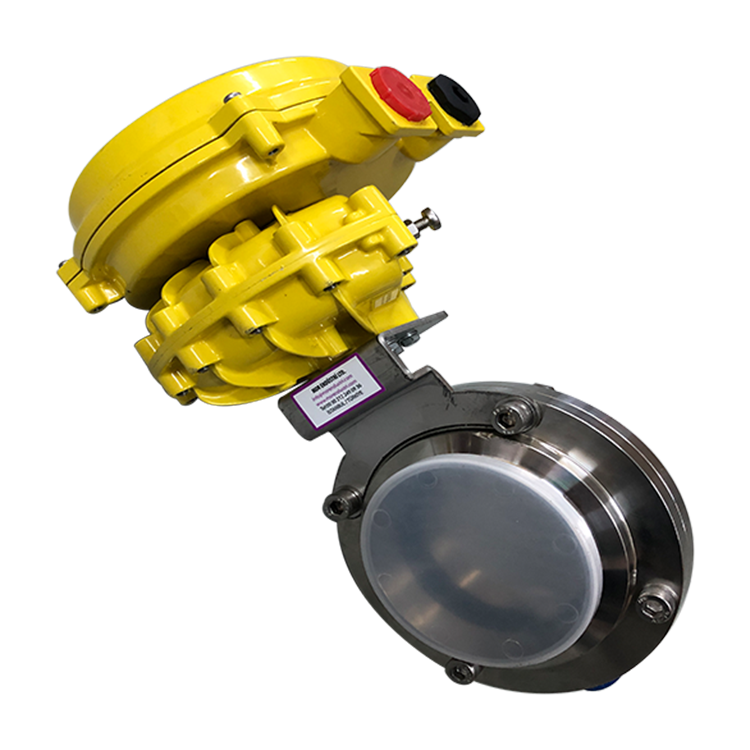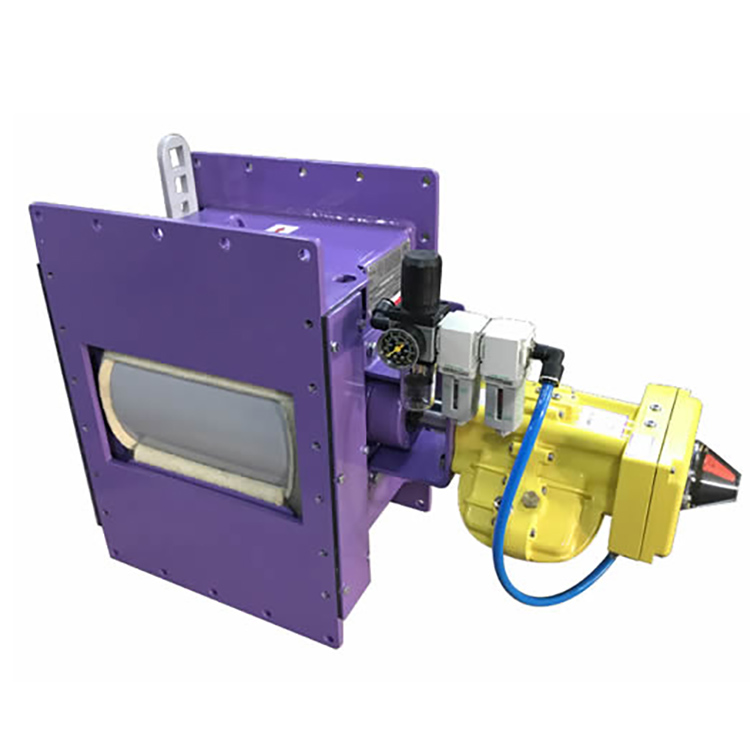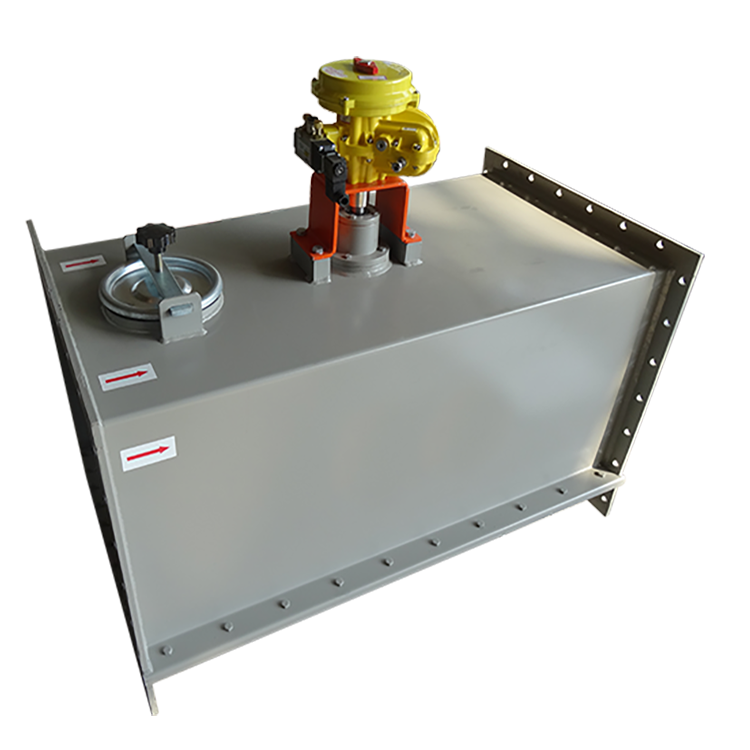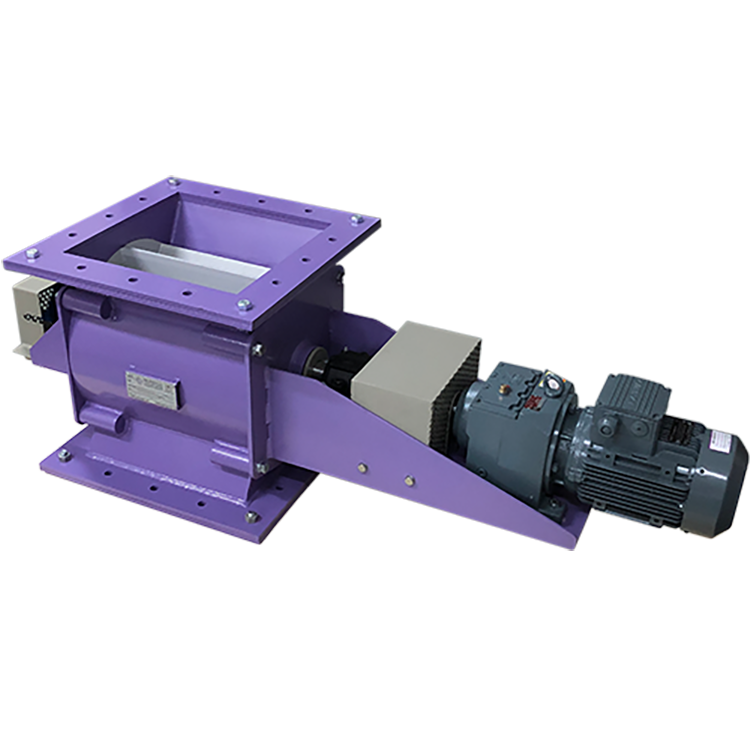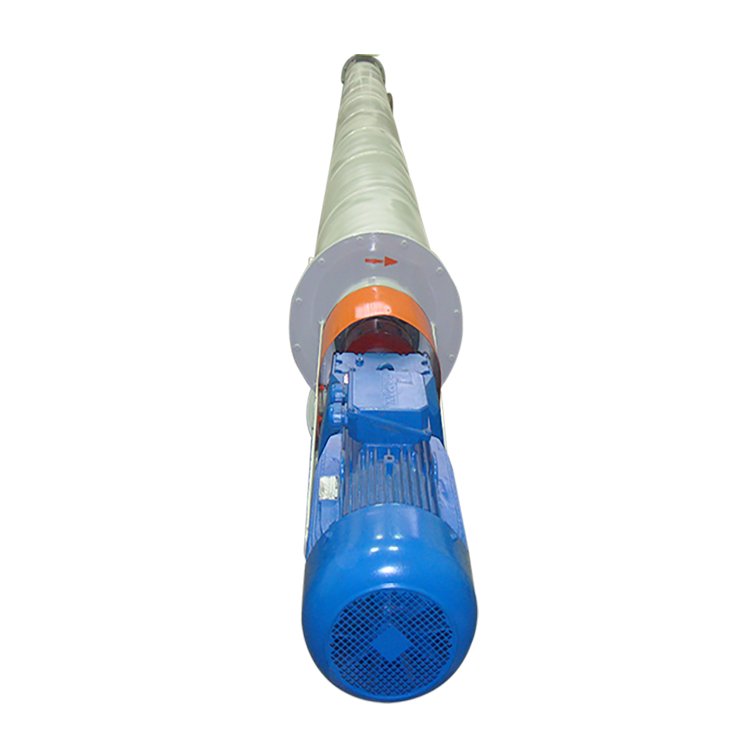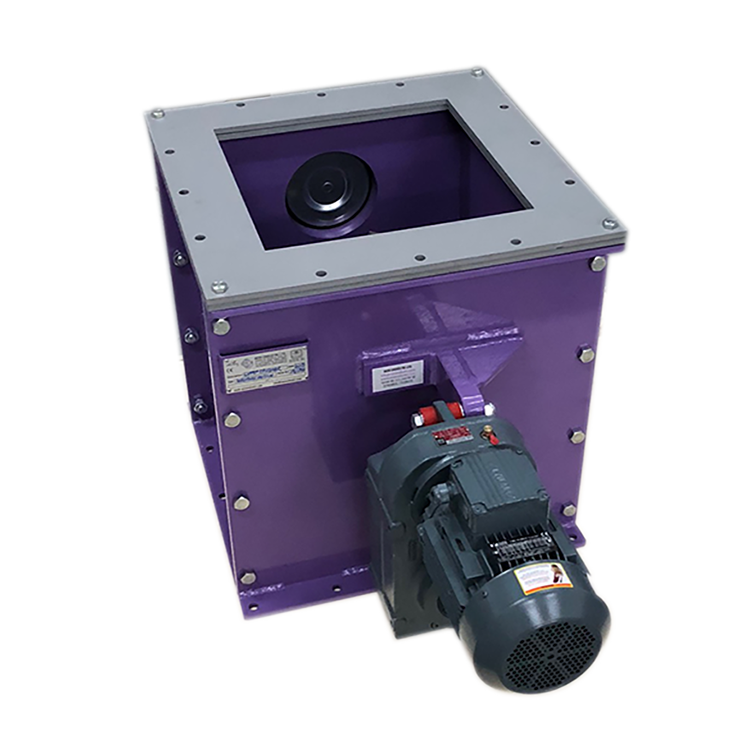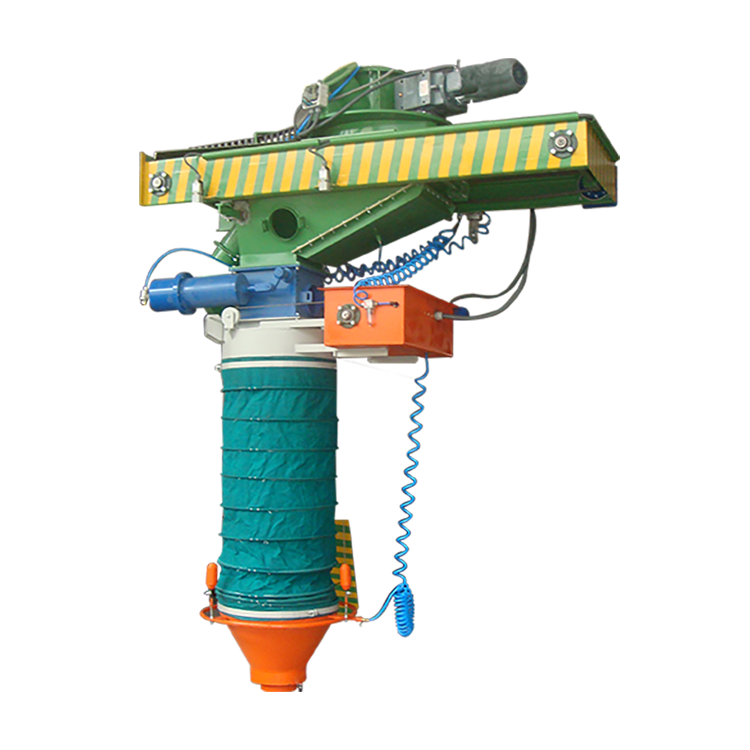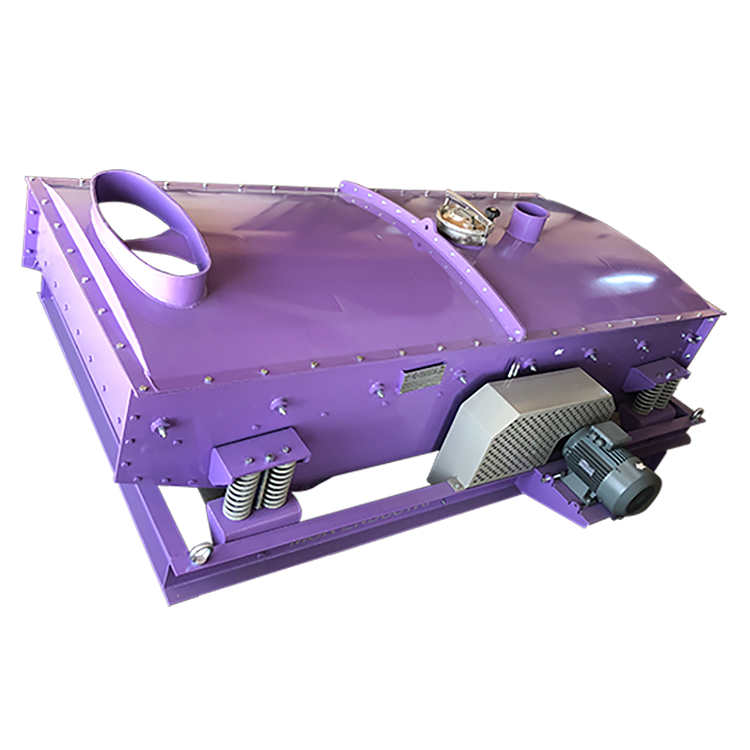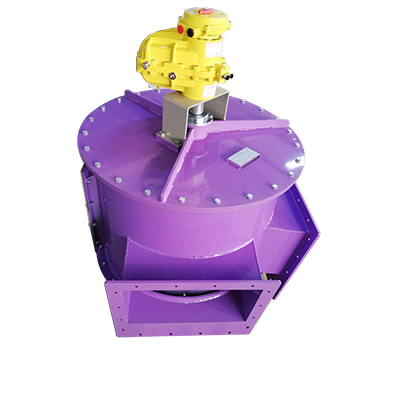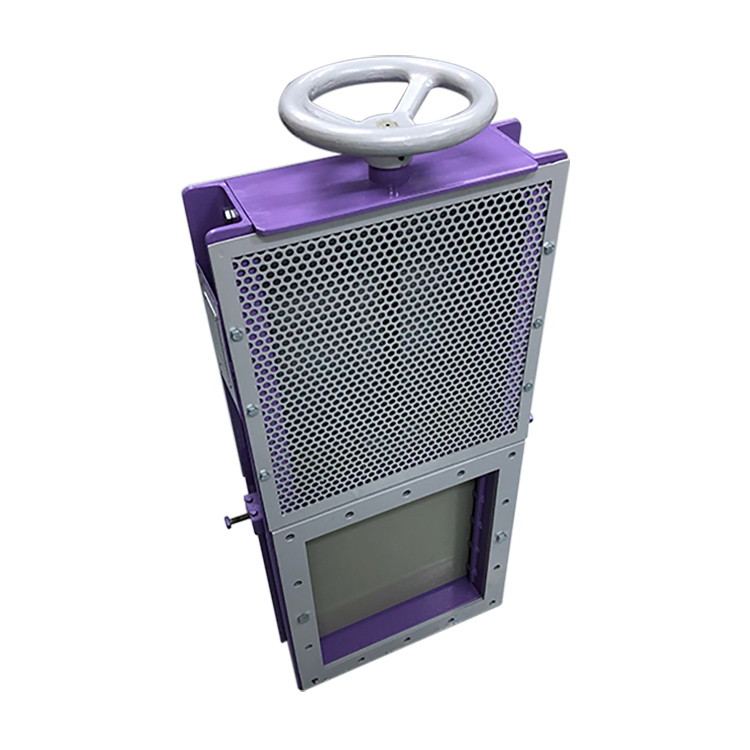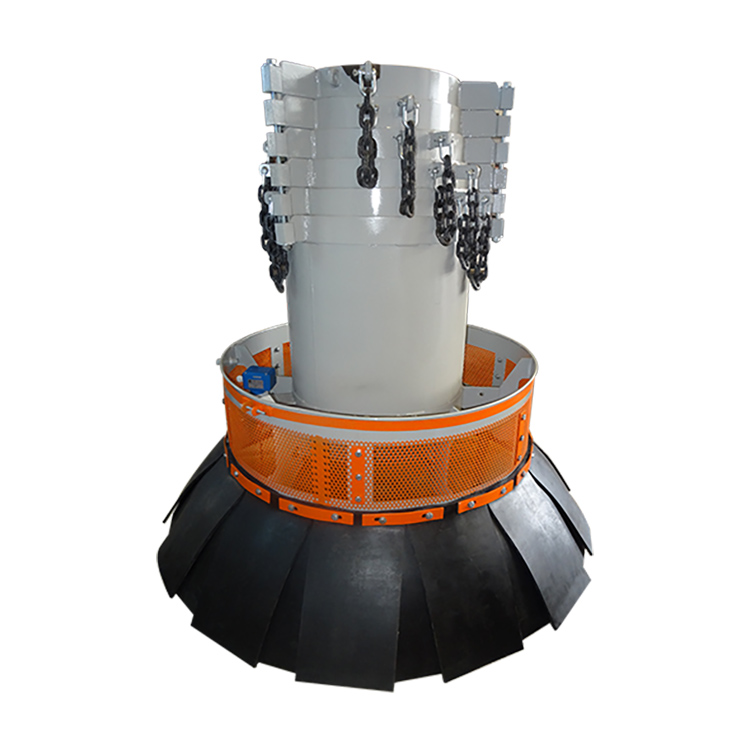Solenoid valves can be described as electromechanical valves used to control the passage of some fluids. These fluids can be various gases, oil, air, water, and steam. A solenoid valve is generally used for fluids with a temperature of fewer than 150 degrees. They are also electromagnet-controlled valves.
The valve both controls the passage of the fluid and directs it, so another name of the solenoid valve is the directional control valve. There is a piston inside the valve. In order to activate this, electrical energy is used and electricity is supplied to the coil inside the valve. As soon as the solenoid receives this electrical signal, it directs the fluid inside towards the outlet.
Working Stages of Solenoid Valve
We mentioned that the solenoid valve is electromagnet-controlled. The coil of the electromagnet is produced according to different electric currents and rated values. There are a diaphragm and an iron core inside the coil. Both are moved down by a bow.
This iron core is also the piston of the valve and is inside the coil. When this piston moves into the coil, a path is provided for the fluid to pass through. All this applies to an energized solenoid valve. If no energy is applied, the valve remains closed and no fluid can pass through it.
How to Make a Solenoid Valve Connection?
Solenoid valves have an arrow on their body and these marks indicate where the fluids will go. The connection of the solenoid valve should also be made according to these arrow directions. Otherwise, the valve will open and cause dangerous situations.
The place where a solenoid valve will be connected is a place that must be either open or closed. The medium starting from the inlet of the valve encounters the piston obstacle before reaching the exit. After overcoming this obstacle, it passes through the point named “orifice” and reaches the exit. It is the piston that controls this way.
Where Are Solenoid Valves Used?
Solenoid valves and the actuators to which they are connected are actually used in many places, especially in the chemical and food industry. As the simplest example, there are solenoid valves used to intake and drain water in every washing machine and dishwasher. There are various types of solenoid valves such as open or closed valves and 3, 4, or 5-way valves.
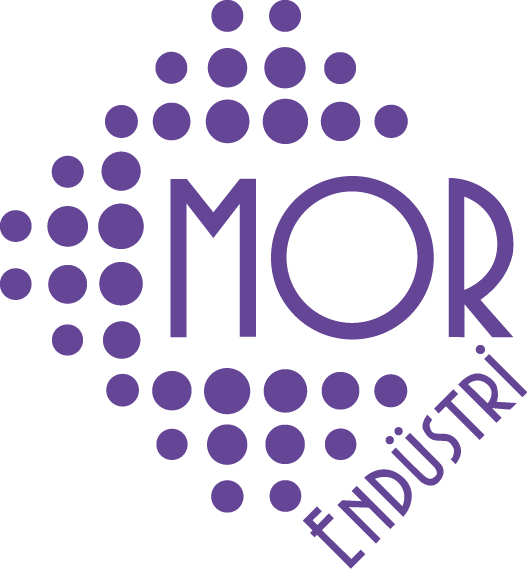

 TR
TR